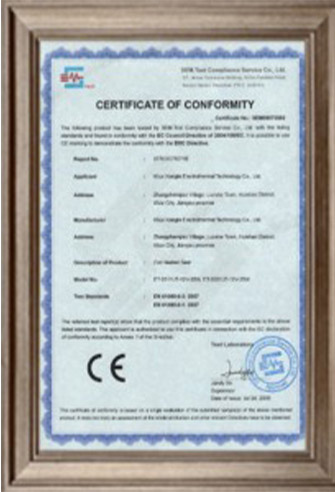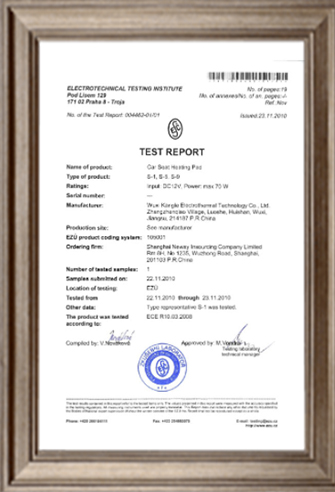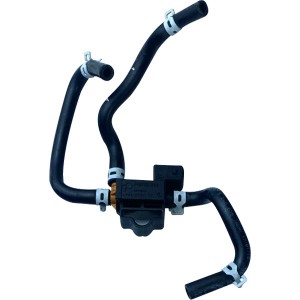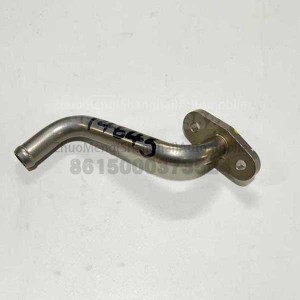What is the automotive turbocharger solenoid valve
Automotive turbocharger solenoid valve is a key part of the automotive power system, its main role is to regulate the pressure of the booster system to ensure that the engine can run stably under different working conditions. Turbocharger solenoid valve is commonly known as N75 solenoid valve, it receives instructions from the engine control unit (ECU), through the combination of electronic and mechanical, to achieve accurate regulation of boost pressure .
Working principle
Turbocharger solenoid valve plays an important role in exhaust bypass valve system. When the solenoid valve is closed, the booster pressure directly acts on the pressure tank to ensure its stability and control; When the solenoid valve is opened, the atmospheric pressure enters the booster system, forming the control pressure on the pressure tank . At low speed, the solenoid valve will automatically adjust the boost pressure; Under accelerated or high load conditions, more powerful control is provided by way of duty cycle to enhance the pressurization . In addition, the solenoid valve also manages the air recirculation system, keeping it closed under low load conditions to avoid unnecessary pressure on the booster system; In the case of high load, it is opened to guide the high-pressure air return to ensure the rapid response and efficient work of the supercharger .
Damage effect
If the turbocharger solenoid valve is damaged, it will lead to a series of problems. First, the turbine pressure will be abnormal, which may lead to turbine damage. The specific performance is that the car emits blue smoke from the exhaust pipe at idle, which is more serious when accelerating, and the oil consumption increases.
The main function of the automotive turbocharger solenoid valve is to regulate the flow of exhaust gas, so as to control the boost pressure. In turbocharging systems equipped with exhaust bypass valves, the solenoid valves respond to the engine control unit (ECU) to precisely control the timing of the release of atmospheric pressure, creating control pressure on the pressure tank. The engine control unit adjusts the pressure of the diaphragm valve of the boost pressure regulating unit by supplying power to the solenoid valve, thus realizing the fine regulation of the boost pressure .
Specifically, turbocharged solenoid valves perform this function by overcoming spring forces. At low speed, the solenoid valve is connected to the pressure limiting end, so that the pressure regulating device can automatically adapt and adjust the boost pressure. In acceleration or high load conditions, the engine control unit will use a duty cycle to supply power to the solenoid valve, so that the low pressure end is connected to the other two ends, so as to achieve a rapid increase in boost pressure. In this process, the reduction of pressure makes the opening of the diaphragm valve and exhaust bypass valve of the boost pressure adjustment unit decrease, thus further increasing the boost pressure .
In addition, the turbocharger solenoid valve also realizes the comprehensive management of the boost pressure through precise electronic control and mechanical action to ensure that the engine can show the ideal performance under various working conditions .
If you want to know more, keep reading the other articles on this site!
Please call us if you need such products.
Zhuo Meng Shanghai Auto Co., Ltd. is committed to selling MG&MAUXS auto parts welcome to buy.
















